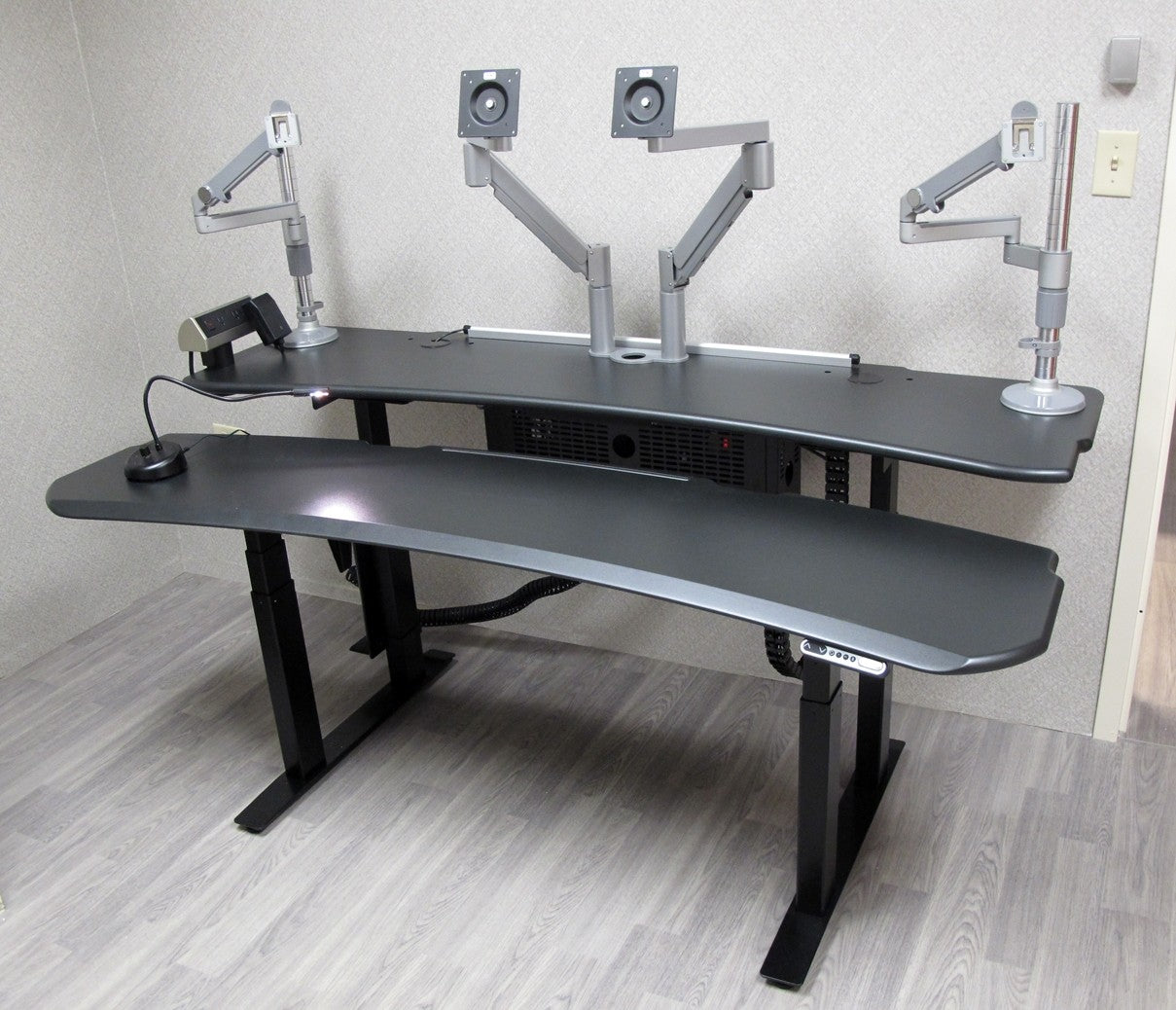When entering the world of radiology, you encounter various technical terms that may seem overwhelming at first. Two acronyms you’ll frequently come across are PACS (Picture Archiving and Communications System) and RIS (Radiology Information System). Understanding these core concepts is essential, as they offer significant benefits to patients and hospitals when utilized together. Let’s explore these terms in more detail.
PACS: Revolutionizing Image Storage and Access
PACS systems, available in various types, share a common purpose: to store images and reports in a digital format instead of physical files. These systems utilize scanning capabilities to capture images, securely storing them for viewing at workstations and sharing with authorized individuals.
In addition to storing standard two-dimensional images, PACS allows for the creation and storage of three-dimensional images. The system presents images in chronological order, enabling practitioners to track the progression of a patient’s condition effectively.
The Synergy of PACS and RIS: While PACS offers benefits across multiple healthcare applications, its synergy with RIS is particularly advantageous for radiologists. RIS provides access to crucial patient data, including medical histories and appointments, while PACS complements this information by incorporating images. Utilizing this eliminates the need for physical papers, offering improved accessibility, efficient search capabilities, and enhanced patient privacy.
Integrating PACS with RIS also enhances the quality of radiology images. Practitioners can manipulate image displays, such as zooming in on specific areas or rotating images. This functionality facilitates detailed analysis, potentially leading to accurate diagnoses without the need for further tests or imaging. For patients, this translates to shorter examination times, reduced exposure to radiation, and minimized risks of side effects.
Financially, implementing PACS alongside RIS proves beneficial for hospitals. It eliminates the costs associated with printing images, including film, ink, and staff time spent on printing tasks. Additionally, with a cloud-based solution, radiologists can access images securely using authenticated devices, further streamlining workflows.
Prioritize Ergonomics for Radiologists: Beyond the technical aspects, it’s crucial for radiologists to prioritize their well-being and comfort while working long hours behind a desk. Biomorph offers PACS radiology desks designed specifically for radiologists, preventing repetitive strain injuries and promoting optimal posture. Explore our range of ergonomic furniture customized to suit your needs and create a comfortable and efficient workstation.
Understanding the synergy is essential for radiologists in optimizing patient care and enhancing workflow efficiency. By adopting PACS, healthcare providers can revolutionize image storage, accessibility, and analysis, while integrating it with RIS unlocks the full potential of patient data. Remember to prioritize ergonomic solutions like Biomorph’s PACS radiology desks to ensure your comfort and well-being as you provide exceptional care to patients.
Contact us today to learn more about our ergonomic furniture solutions and customize your ideal radiology workstation.

